<< Previous | Displaying results 6701-6750 of 6773 for "" | Next >>
In July 1938, 32 nations met in Evian, France, to discuss immigration policies for Jewish refugees fleeing Nazi Germany. Learn how these discussions impacted Jewish lives.
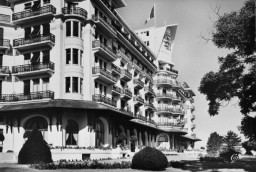
September 17, 1945. On this date, the Belsen Trial began. Forty-five defendants were charged for crimes committed at the Bergen-Belsen concentration camp.
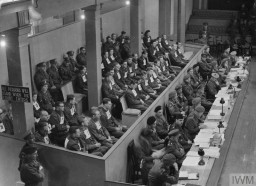
March 5, 1946. On this date, Winston Churchill delivered his postwar “Iron Curtain” speech.
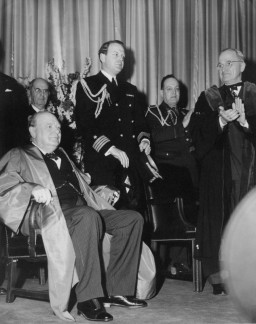
May 10, 1940. On this date, Winston Churchill succeeded Neville Chamberlain as British prime minister.
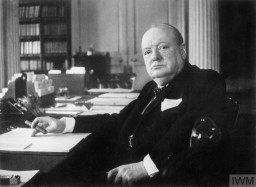
October 5, 1938. On this date, Winston Churchill delivered a speech denouncing the Munich Agreement.
A sergeant pilot of the British Royal Air Force sits in the cockpit of his Spitfire in September 1940. Between July 10 and October 31, 1940, Germany and Britain fought for air control of the English Channel in the Battle of Britain. IWM (HU 104502)
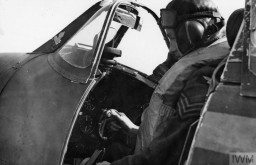
Explore a timeline of events that occurred before, during, and after the Holocaust.
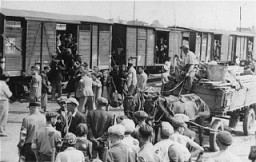
US immigration and refugee laws and policies evolved in response to World War I, the 1918 influenza pandemic, and World War II and the Holocaust. Learn more.
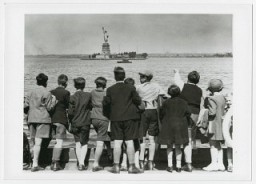
Explore Estelle Laughlin’s biography and learn about her experiences during the Warsaw ghetto uprising.
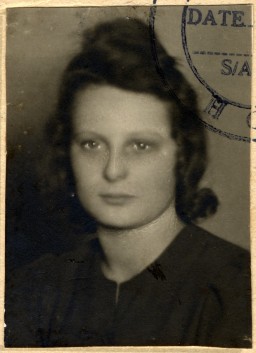
The Wagner-Rogers Bill proposed admitting 20,000 refugee children to the US from the Greater German Reich in 1939–40, but did not become law. Learn more

Potential immigrants to the US from Nazi-occupied territory faced many obstacles, including restrictive quotas and complicated requirements for obtaining visas.
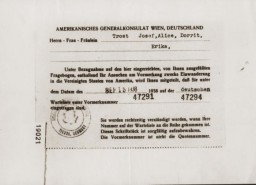
Franklin D. Roosevelt was 32nd president of the US. Learn about the domestic and international challenges FDR faced as president during World War II.
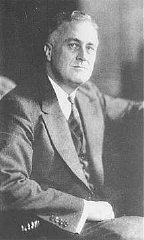
When WWII began, most Americans wanted the US to stay isolated from the war. From December 1941, the majority rallied in support of intervention to defeat the Axis powers.
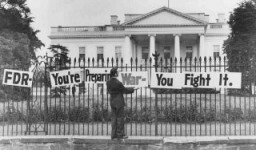
Learn more about the forcible relocation of some 120,000 people of Japanese descent living in the US to “relocation centers.”
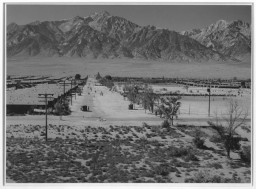
Eleanor Roosevelt, longest serving First Lady in US history, used her social and political influence to intervene on behalf of refugees before and during WWII.
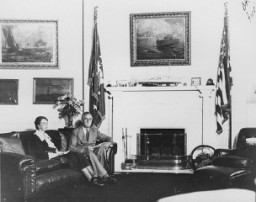
Learn more about the efforts of L.P.J. de Decker, Jan Zwartendijk, and Chiune Sugihara to help Polish Jewish refugees escape Lithuania during the war.
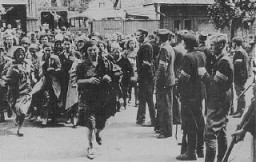
In May 1939, the German transatlantic liner St. Louis sailed from Germany to Cuba. Most of the passengers were Jews fleeing Nazi Germany. Learn more about the voyage.

Stephen Wise (1874–1949) was a prominent Jewish leader in the United States between 1933-1945. Learn more about his work during the Holocaust.
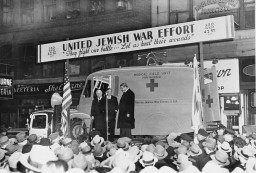
Learn about the Kovno ghetto diary and other documents Avraham Tory saved in a secret archive that documented life in the ghetto.
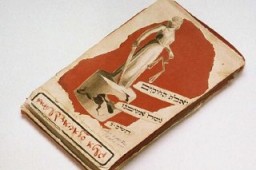
By September 1939, over half of German Jews had emigrated. WWII would accelerate the persecution, deportation, and later, mass murder, of the remainder of Germany's Jews.
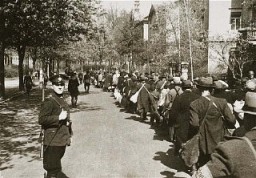
Dachau was the first and longest operating Nazi concentration camp. Learn about the camp's early years, prisoners, medical experiments, and liberation.
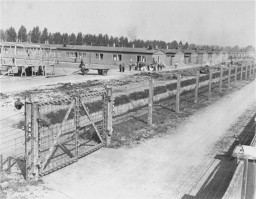
By the process of "Aryanization" in Nazi Germany from 1933 to 1945, Jewish-owned businesses and property were transferred to non-Jews. Learn more.
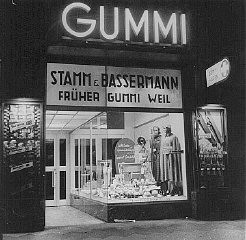
The Nazi Kripo, or Criminal Police, was the detective force of Nazi Germany. During the Nazi regime and WWII, it became a key enforcer of policies based in Nazi ideology.
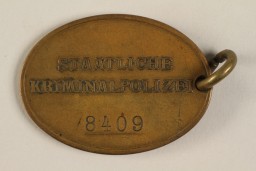
The Nazis used public humiliation tactics to degrade their victims and to reinforce Nazi racial ideology for German citizens and populations under Nazi occupation.
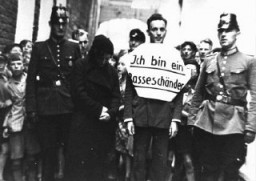
Gleichschaltung is the German term applied to the Nazification of all aspects of German society following the Nazi rise to power in 1933.
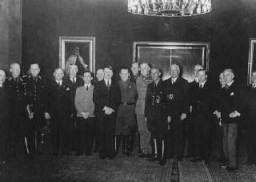
The Nazis pursued the imperialist concept of Lebensraum (living space) as they conquered eastern Europe. Read more about the deadly consequences of Nazi imperialism.
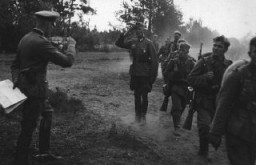
The Sicherheitsdienst (Security Service, SD) was a Nazi intelligence agency. Ideologically radical and part of the SS, it was a key perpetrator of the Holocaust.
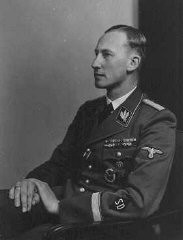
The Security Police (Sicherheitspolizei, SiPo) was a German police organization created by Heinrich Himmler. Learn about its origin and role in the Holocaust.

Under the most adverse conditions, Jewish prisoners initiated resistance and uprisings in some Nazi camps, including the Sobibor killing center.
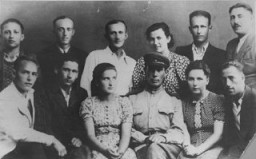
The Nazis used color-coded badges sewn onto uniforms to classify prisoners in the camp system and to easily identify the alleged reason for an individual’s incarceration.
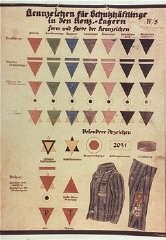
Learn about the provisions and impact of the 1919 Treaty of Versailles, including the "War Guilt Clause" which held Germany responsible for starting World War I.

The Wannsee Protocol documents the 1942 Wannsee Conference participants and indicates their agreement to collaborate on a continental scale in the Final Solution.
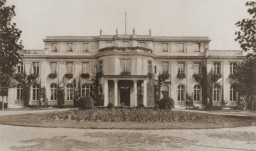
Key dates illustrating the relationship between Germany’s professional military elite and the Nazi state, and the German military’s role in the Holocaust.
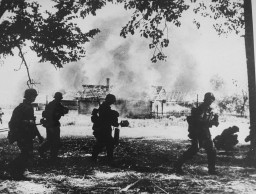
Ada Abrahamer kept a diary from September 1939 until March 1946, though only the pages from 1944-1946 survived. Ada’s diary documents her experiences as a young Jewish woman in German-occupied Poland. German authorities imprisoned Ada in the Krakow ghetto and several forced labor and concentration camps, including Auschwitz. In later entries, she describes her liberation and life after the war. In this entry from August 1944, Ada describes finding love while being imprisoned in Plaszow concentration…
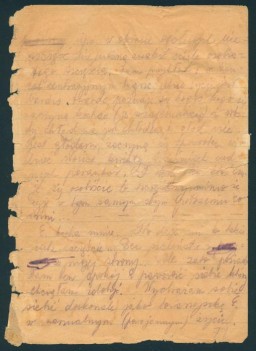
Ada Abrahamer kept a diary from September 1939 until March 1946, though only the pages from 1944-1946 survived. Ada’s diary documents her experiences as a young Jewish woman in German-occupied Poland. German authorities imprisoned Ada in the Krakow ghetto and several forced labor and concentration camps, including Auschwitz. In later entries, she describes her liberation and life after the war. In this entry, Ada describes her journey from Plaszow to Auschwitz in October 1944.
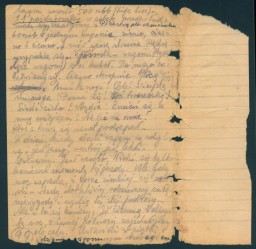
Ada Abrahamer kept a diary from September 1939 until March 1946, though only the pages from 1944-1946 survived. Ada’s diary documents her experiences as a young Jewish woman in German-occupied Poland. German authorities imprisoned Ada in the Krakow ghetto and several forced labor and concentration camps, including Auschwitz. In later entries, she describes her liberation and life after the war. In this entry from October 1944, Ada describes the selection process at Auschwitz-Birkenau.
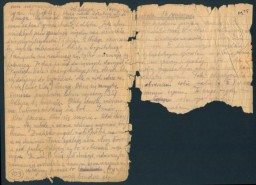
Ada Abrahamer kept a diary from September 1939 until March 1946, though only the pages from 1944-1946 survived. Ada’s diary documents her experiences as a young Jewish woman in German-occupied Poland. German authorities imprisoned Ada in the Krakow ghetto and several forced labor and concentration camps, including Auschwitz. In this entry, Ada describes her experience with SS officers and camp personnel while living in a concentration camp.
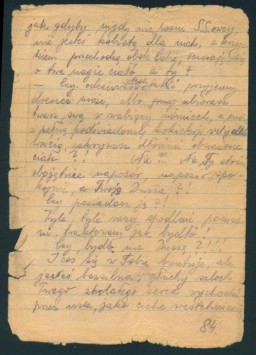
This drawing, titled "L'Attente" [Mother and Son Waiting], was created by German Jewish artist Lili Andrieux (1914-1996) while she was imprisoned in the Gurs internment camp in France in 1940.
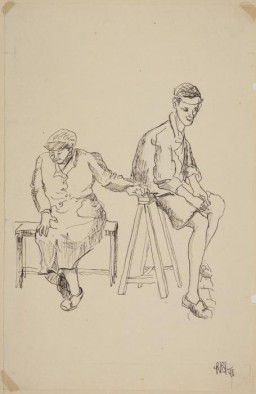
Nazi Germany’s territorial expansion and the radicalization of Nazi anti-Jewish policies triggered a mass exodus. Learn about the US and the refugee crisis of 1938–41.
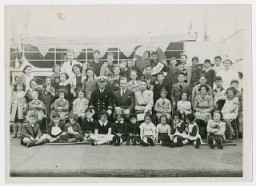
Why did the United States go to war? What did Americans know about the “Final Solution”? How did Americans respond to news about the Holocaust? Learn more.
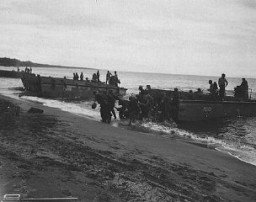
Learn about responses in the United States to reports about Nazi anti-Jewish policies and violence against Jews from 1933–37.

Portrait of Janusz Korczak, a Polish Jewish doctor and author who ran a Jewish orphanage in Warsaw, circa 1930.
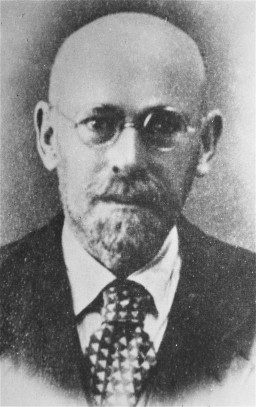
Learn about the Holocaust, the systematic, state-sponsored persecution and murder of six million Jews by the Nazi regime and its collaborators.
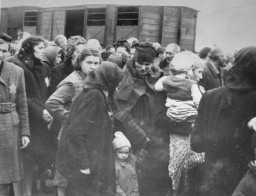
Today, a body of international criminal law exists to prosecute perpetrators of mass atrocities. Learn about principles and precedents from the Nuremberg Charter and the IMT.
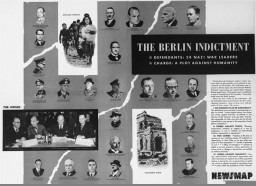
Recommended resources, topics, context, rationale, and critical thinking questions if you have limited time to teach about the Holocaust.
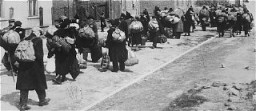
In October 1940, Nazi authorities established the Warsaw ghetto. Learn more about life in the ghetto, deportations, armed resistance, and liberation.
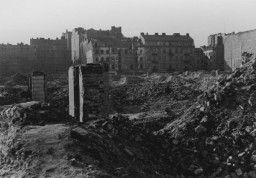
An underground courier for the Polish government-in-exile, Jan Karski was one of the first to deliver eyewitness accounts of the Holocaust to Allied leaders.
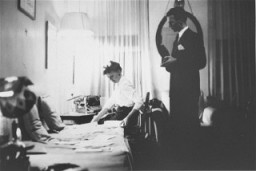
Jan Karski (standing), underground courier for the Polish government-in-exile. He informed the west in the fall of 1942 about Nazi atrocities against Jews taking place in Poland. Pictured in his office in Washington, DC, United States, 1944.

Jan Karski and General Colin Powell meet during the opening ceremonies of the US Holocaust Memorial Museum. Washington, DC, April 22, 1993.
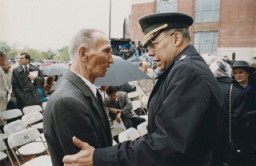
In the 1930s, Prime Minister Neville Chamberlain and the British government pursued a policy of appeasement towards Nazi Germany to avoid war. Learn more.
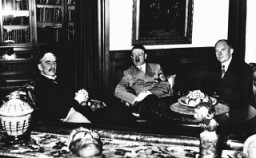
We would like to thank Crown Family Philanthropies, Abe and Ida Cooper Foundation, the Claims Conference, EVZ, and BMF for supporting the ongoing work to create content and resources for the Holocaust Encyclopedia. View the list of donor acknowledgement.